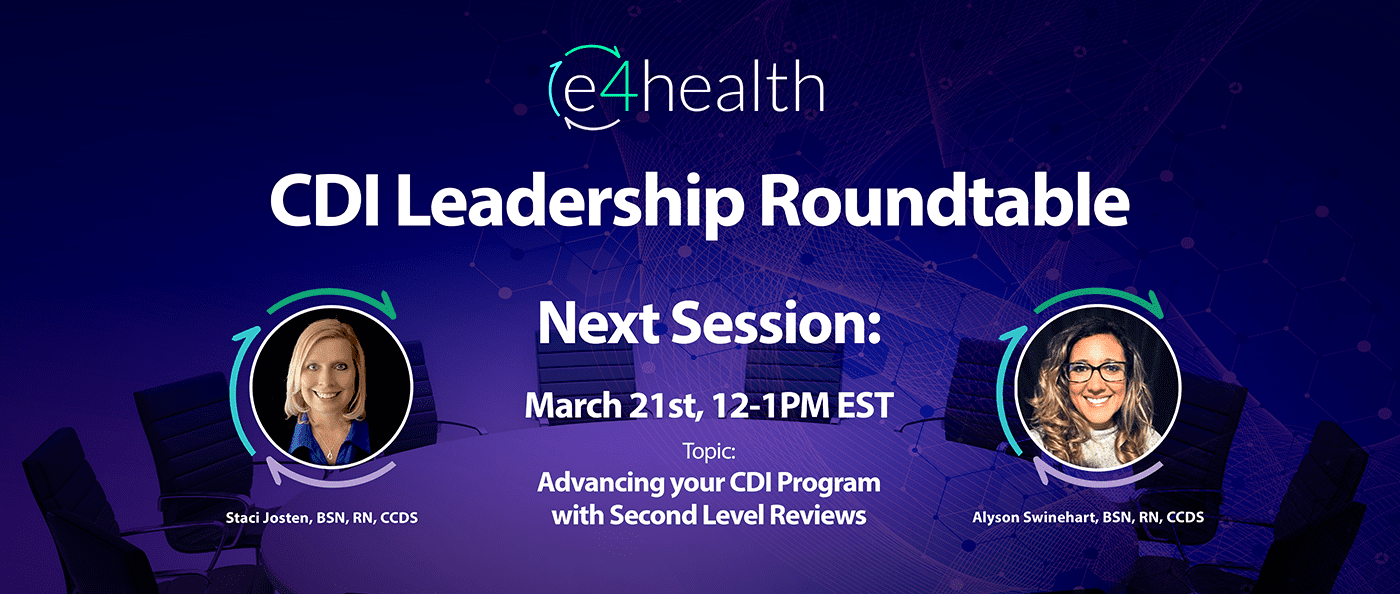Pathological Fractures
Definition: A bone fracture that occurs without adequate trauma, caused by an underlying disease.
Diagnostic Criteria
Identified in Radiology/Diagnostic Imaging such as X-Ray, CT, MRI, or bone scans.
There are various underlying causes for pathological fractures which can include, however are not limited to:

Coding Considerations:
All pathological fractures are classified to the following categories/subcategories according to the underlying cause:

ICD-10-CM Official Coding Guideline advice:
Section I.C.13.c.2 Osteoporosis with Current Pathological Fracture
Category M80, Osteoporosis with current pathological fracture, is for patients who have a current pathological fracture at the time of an encounter. The codes under M80 identify the site of the fracture. A code from category M80, not a traumatic fracture code, should be used for any patient with known osteoporosis who suffers a fracture, even if the patient had a minor fall or trauma, if that fall or trauma would not usually break a normal, healthy bone.
Section 1.C.2.l.6 ‘Pathologic fracture due to neoplasm’
When an encounter is for a pathological fracture due to a neoplasm, and the focus of treatment is the fracture, a code from subcategory M84.5, Pathological fracture in neoplastic disease, should be sequenced first, followed by the code for neoplasm.
If the focus of treatment is the neoplasm with an associated pathological fracture, the neoplasm code should be sequenced first, followed by a code from M84.5 for the pathological fracture.
Review pertinent Coding Clinics such as:
- AHA Coding Clinic, Fourth Quarter 2020, p. 32 ICD-10-CM New/Reviewed Codes: Osteoporosis Related Pathological Fractures
- AHA Coding Clinic, Second Quarter 2019, p. 35 “Kiva Kyphoplasty”
- AHA Coding Clinic, Second Quarter 2018, p. 12 “Osteoporosis and Fracture (Traumatic versus Pathologic)
CDI Practice Considerations
Review for underlying etiology of Fracture and query when necessary
- When sequenced as the PDx, pathological and traumatic fractures can map to different DRG’s, depending on location
- Pathological fractures that occur during an encounter, i.e., with a POA status of N, are excluded as Hospital Acquired Conditions (HAC).
Pathological fractures may occur with minor trauma
- If the Fracture is described as ‘spontaneous’ these are always pathological fractures.
- Providers often relate the term ‘pathological’ as correlating to malignancy, unaware the term also encompasses other common etiologies.
- One way to differentiate a potential pathological fracture from a traumatic fracture is to ask yourself if the trauma sustained would normally cause a fracture.
- So, for example, if a healthy 30 year fell from a sitting or standing position, would they likely break a bone?
Review the record closely for any significant trauma when the fracture is described as ‘compression.’
- Compression fractures can be pathological fractures or due to trauma
- Query the provider if documentation is unclear.
Be aware, only severe osteoporosis can be seen on x-rays
- Hence why DEXA scanning is used for diagnosis
Review medication administration reports (MAR) and home med lists closely for treatment
- Bisphosphonates are typically the first choice of treatment for osteoporosis, and some may be given in quarterly or annual IV infusion vs. weekly or monthly pills, so I/P MARs may not list them as active medications, making home medication list a must for review.
- Common medications to treat osteoporosis include:
- Fosamax/Fosamax Plus D
- Actonel/Actonel with Calcium/Atelvia
- Boniva
- Reclast
- Prolia (typically given to those who can’t tolerate bisphosphonates related to reduced kidney function)
- Vitamin D
Stress fractures are different from pathological fractures in that stress fractures are due to repetitive force applied before the bone and it’s supporting tissues have had enough time to absorb such forces.
Looking for CDI help?
Learn more about e4health CDI Solutions. Our Team is leading the way in the CDI industry.
e4health CDI Education
Need help to earn CEUs or education your team? Visit the IQ Education Center and get your free account or contact us for more information.
e4health is dedicated to elevating the business of healthcare. We are committed to offering support and the most current information and updates to collaborate with coding and CDI professionals to realize their fullest potential. We enthusiastically seek opportunities to develop ourselves and each other. We understand that knowledge is the key to success for our clients navigating the ever-changing health information management landscape.

Earn FREE ACDIS CEUs when you join Staci Josten, RN, BSN, CCDS, Alyson Swinehart, BSN, RN, CCDS, and other CDI leaders for a roundtable discussion regarding important, timely industry topics! The topic for January’s discussion is: Advancing your CDI Program with Second Level Reviews. We will provide background on this topic, share industry insights, and facilitate collaborative discussion with guided questions and answers.
Click here to register!
Learning Objectives:
- Describe an effective Second Level Review Process
- Identify the types of Second Level Reviews
- Explain the value of a robust Second Level Review
What is the e4health CDI Leadership Roundtable?
The goal for the virtual CDI Leadership Roundtable Discussion is for CDI leaders to explore specific topics within CDI, learn about the topic and from each other. During each roundtable, e4health CDI Leader’s will present a CDI topic, spend time sharing current industry standards or some education regarding this topic and then open with probing questions for group discussion.
Who should attend the e4health CDI Leadership Roundtable?
The focus of this group is for those who have influence over CDI program process, policy, and education.
Why should I attend the e4health CDI Roundtable?
This will be a wonderful place to learn, share your wins and challenges and collaborate with other CDI leaders across the industry. Also, after completing a survey, free ACDIS CEUs will be earned.
The information and opinions presented here are based on the experience, training, and interpretation of e4health. Although the information has been researched and reviewed for accuracy, e4health does not accept any responsibility or liability regarding errors, omissions, misuse, or misinterpretation. This information is intended as a guide; it should not be considered a legal/consulting opinion or advice.